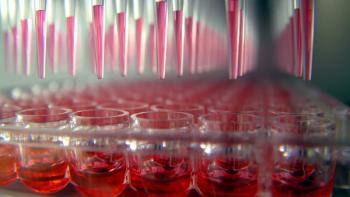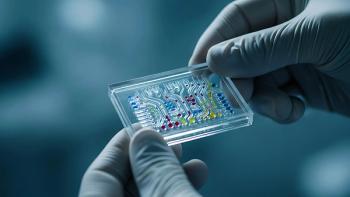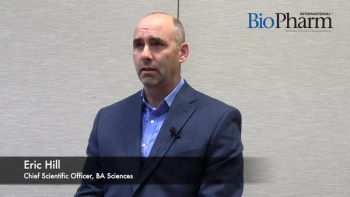
- BioPharm International-06-01-2014
- Volume 27
- Issue 6
SEC-MALS Detector for UHPLC
SEC-MALS Detector for UHPLC
Wyatt Technology offers the µDAWN, a multi-angle light scattering (MALS) detector that can be attached to any UHPLC system to determine molecular weights and sizes of polymers, peptides, and proteins or other biopolymers directly, without resorting to column calibration or reference standards. The µDAWN detector connects to the Optilab UT-rEX, a refractive index detector for UHPLC.
Wyatt reduced the conventional light scattering flow cell volume from 63 µL to less than 10µL to accommodate the narrow peaks produced by UHPLC seperation. By minimizing interdetector mixing, the band broadening between the µDAWN MALS and Optilab UT-rEX detectors is under 7 µL, while the band broadening between the UHPLC’s UV detector and the µDAWN detector is 2 µL. As a result of the reduced cell volume and interdetector band broadening, the µDAWN/UT-rEX system can accurately analyze the molar mass and size of UHPLC peaks without loss of resolution. In addition, the WyattQELS Dynamic Light Scattering (DLS) module measures DLS in the µDAWN flow cell simultaneously with MALS acquisition, quickly computing hydrodynamic radii.
Articles in this issue
over 11 years ago
TOC Analyzer Increases Productivityover 11 years ago
A Sampling of New Tools for Downstream Processingover 11 years ago
Finished Product Monographs in the European Pharmacopoeiaover 11 years ago
Global Expansion Shapes Drug Oversightover 11 years ago
Bureaucratic Roadblocks Threaten Biopharma Growthover 11 years ago
Outsourcing No Longer Just for Cost-Cuttingover 11 years ago
Challenges in Analytical Method Development and Validationover 11 years ago
Brunei's Potential Pharmaceutical Market Growthover 11 years ago
Assuring Equivalency of Alternative Lot-Release Test Methodsover 11 years ago
Handheld Analyzer Improves AccuracyNewsletter
Stay at the forefront of biopharmaceutical innovation—subscribe to BioPharm International for expert insights on drug development, manufacturing, compliance, and more.




